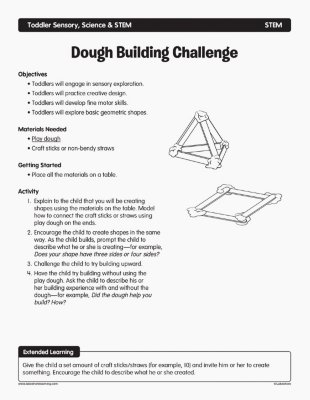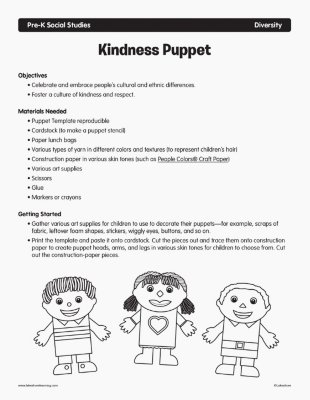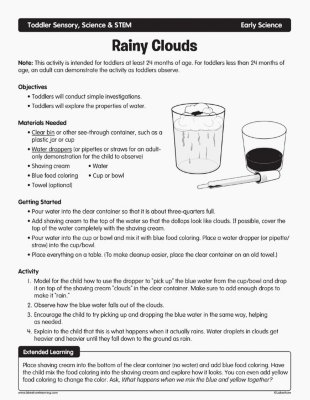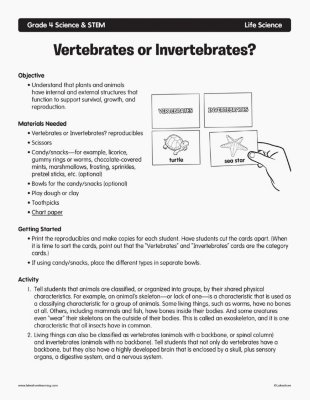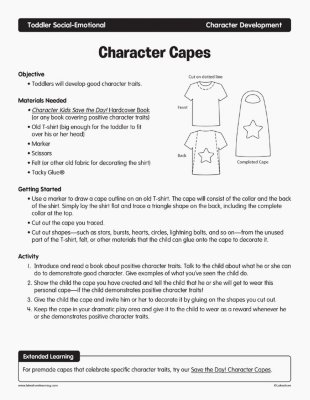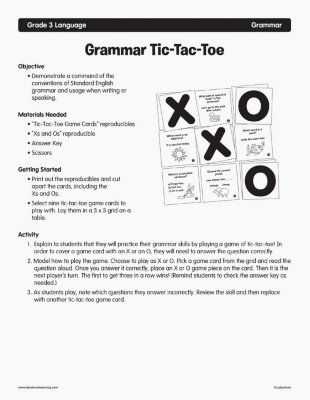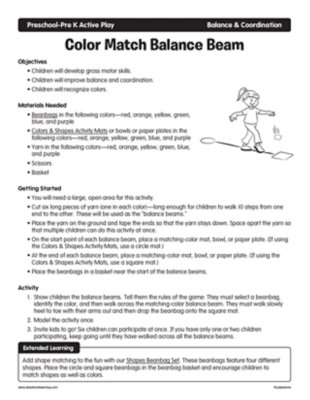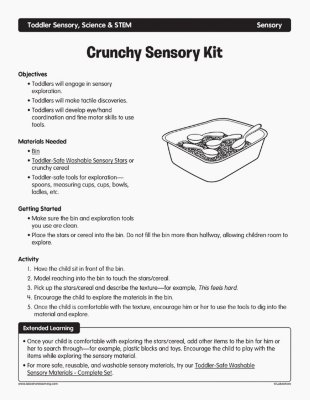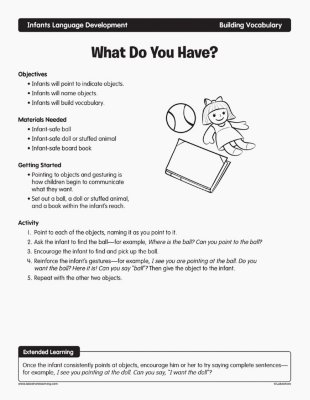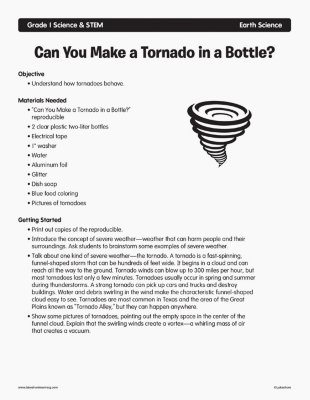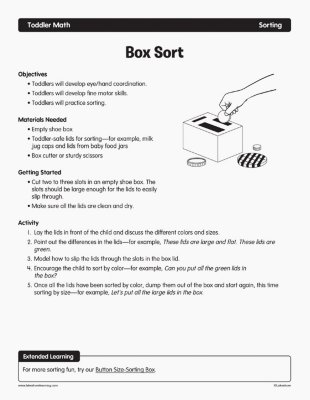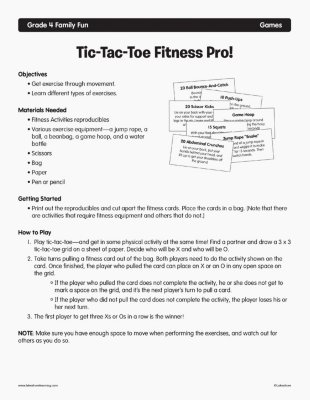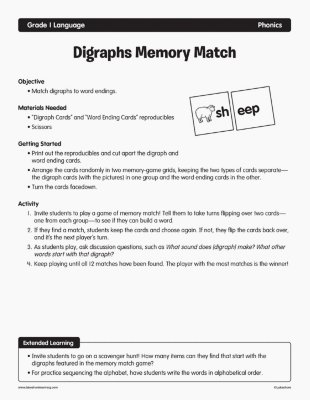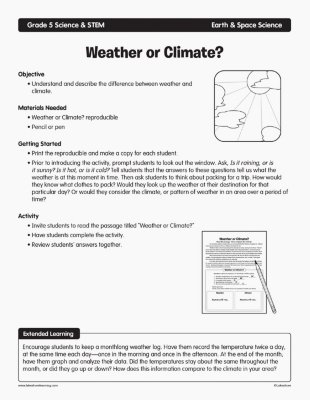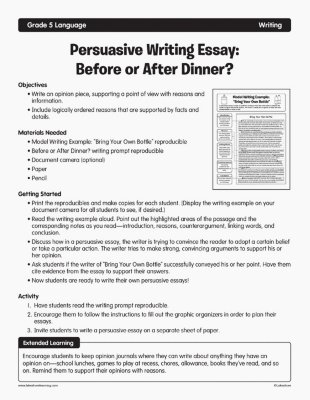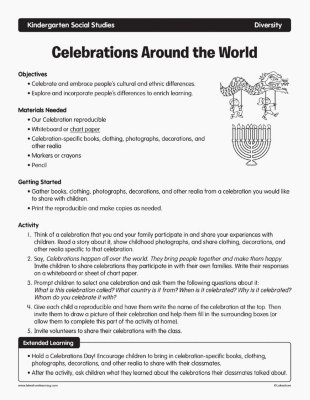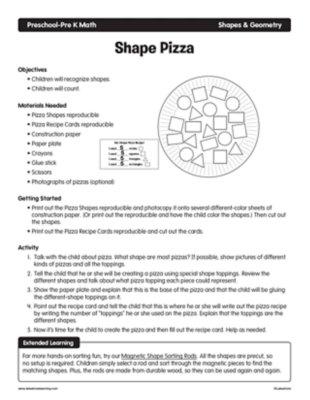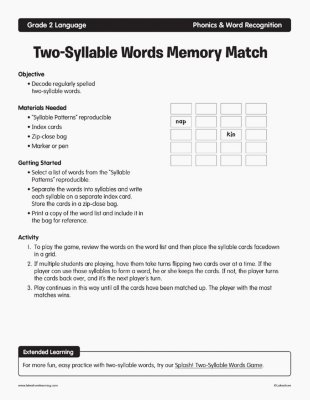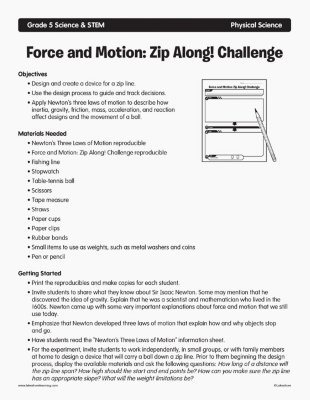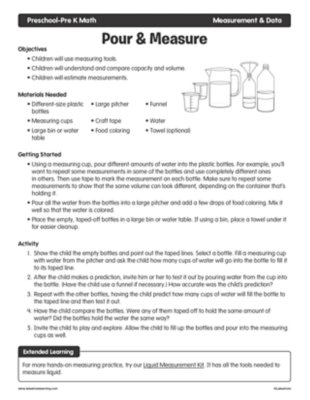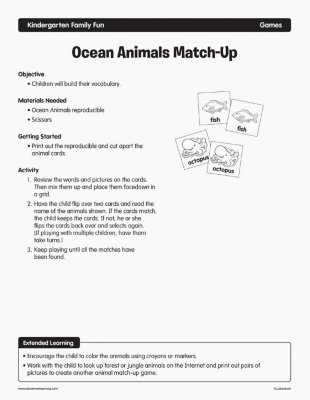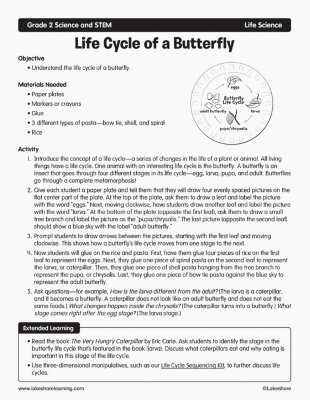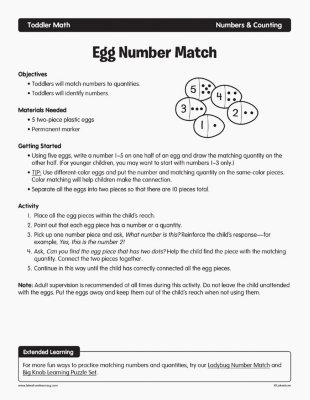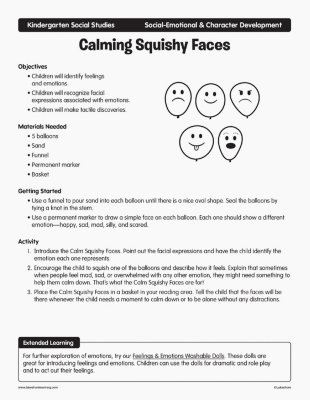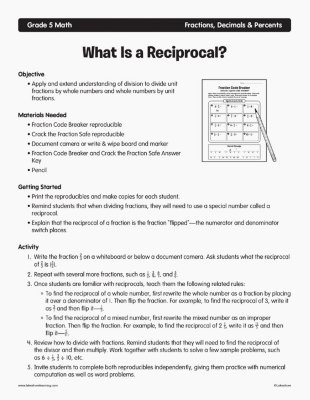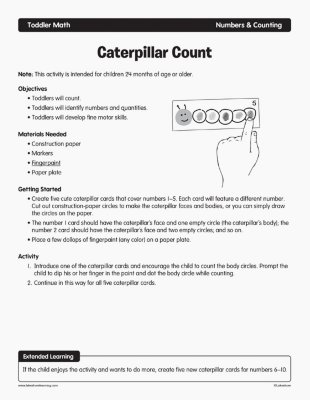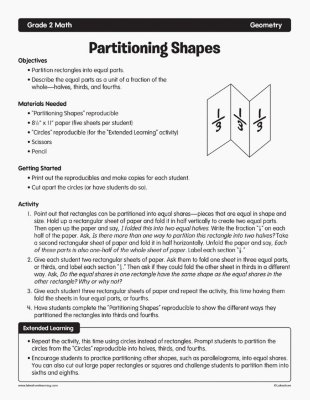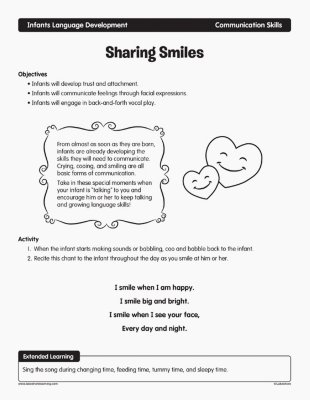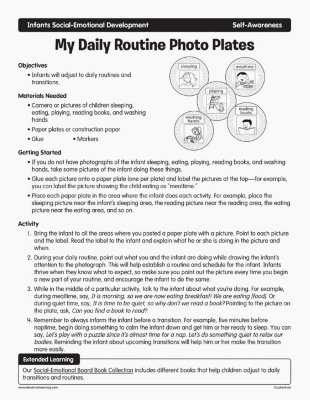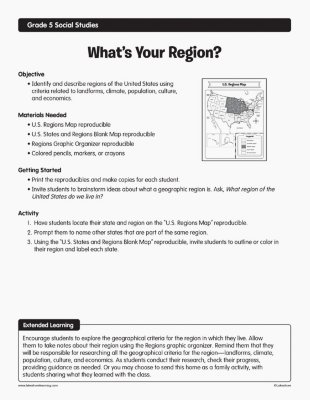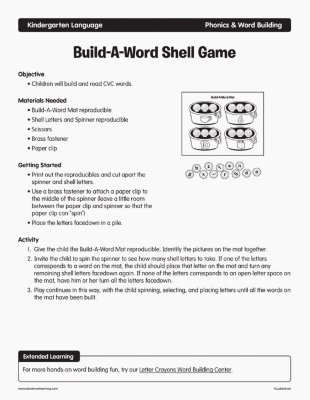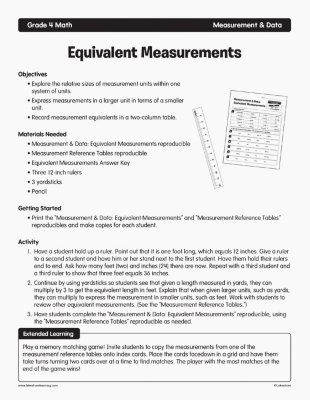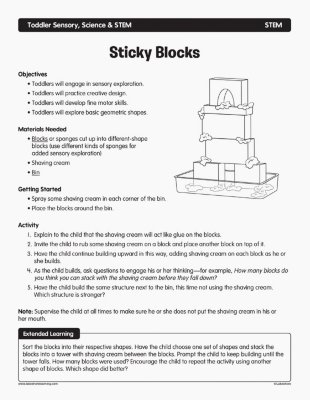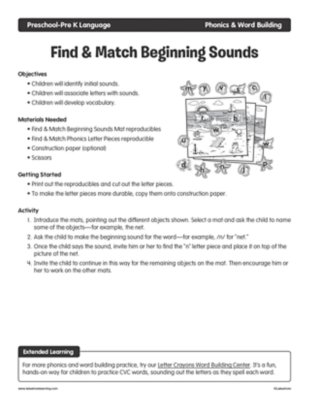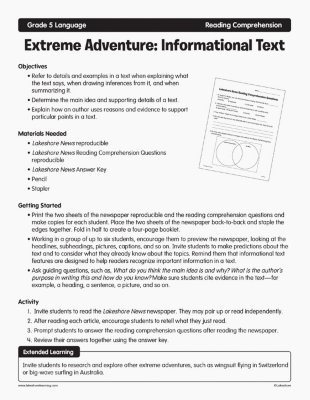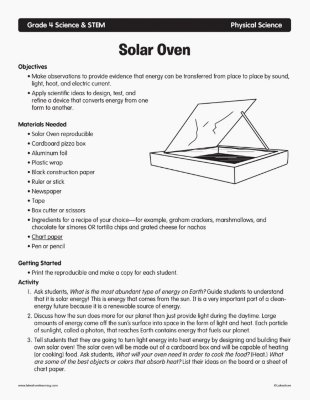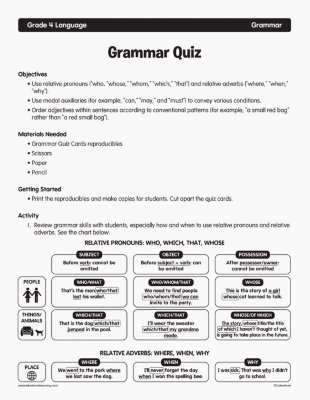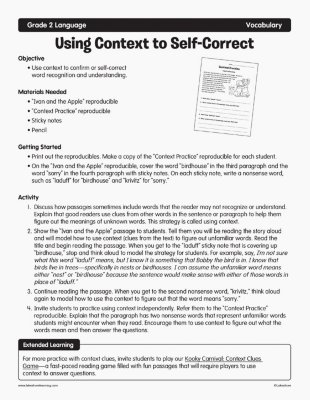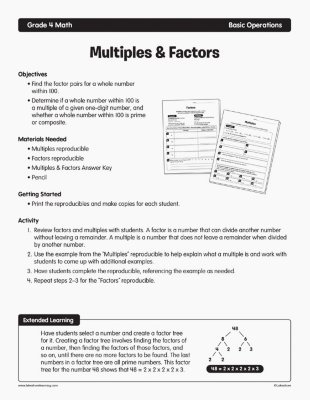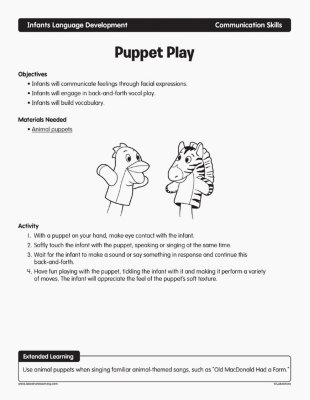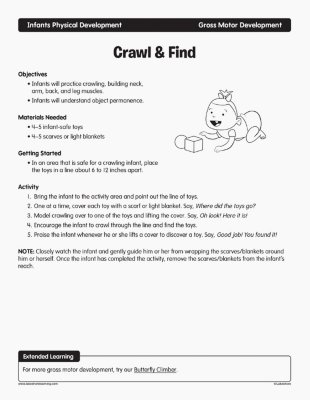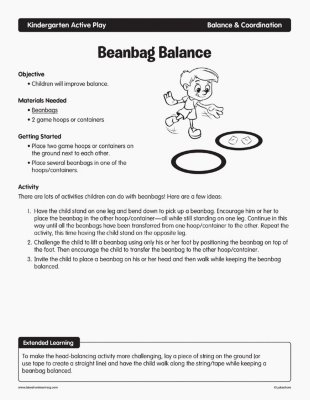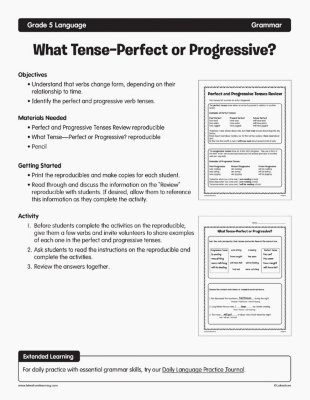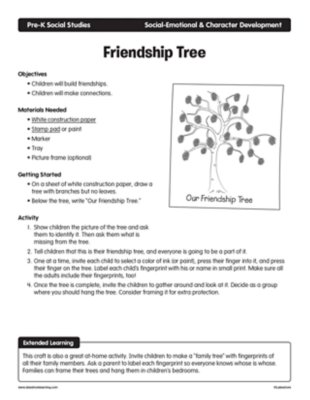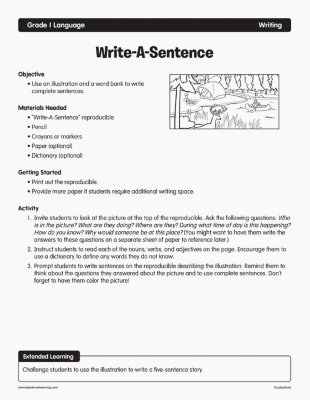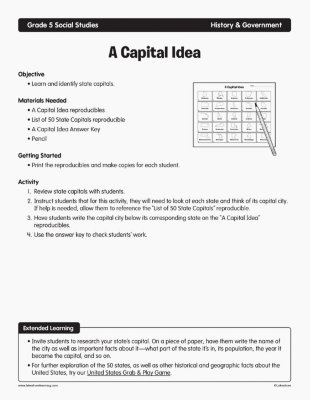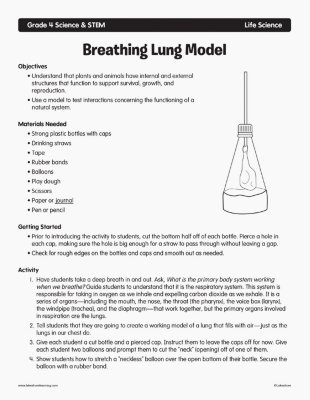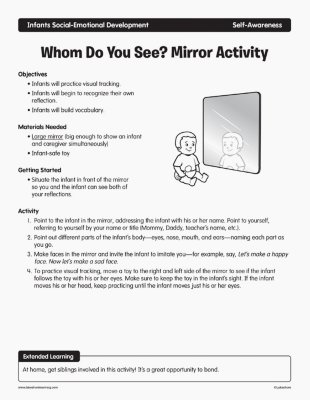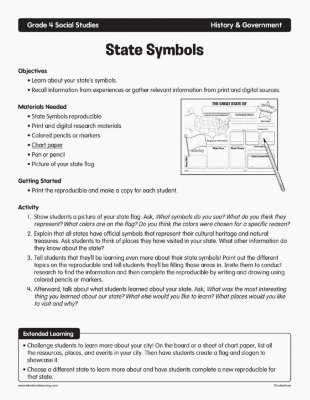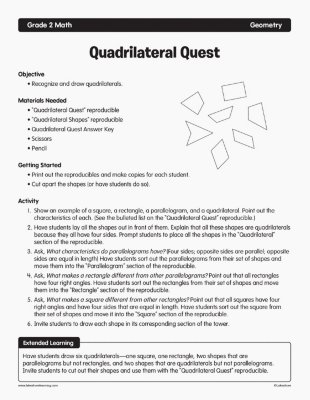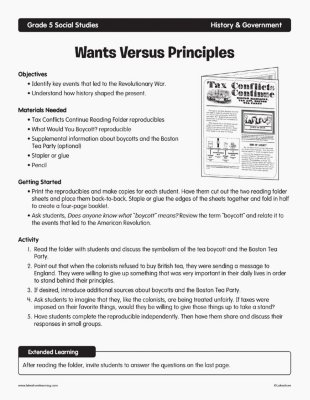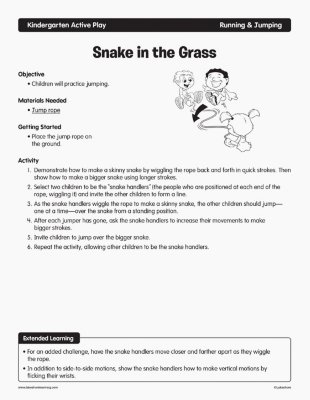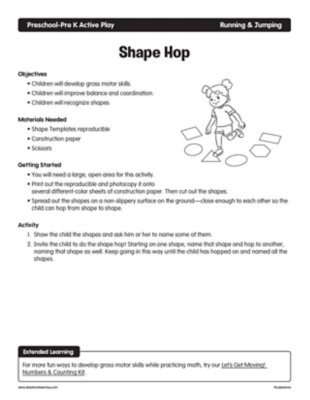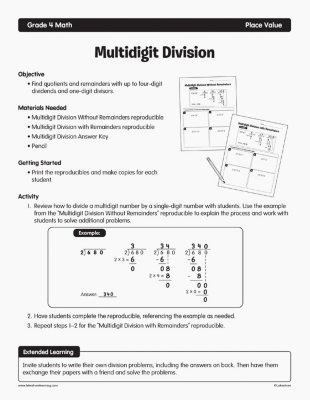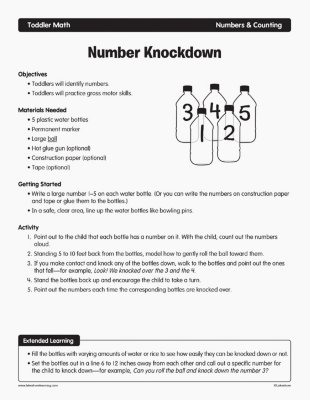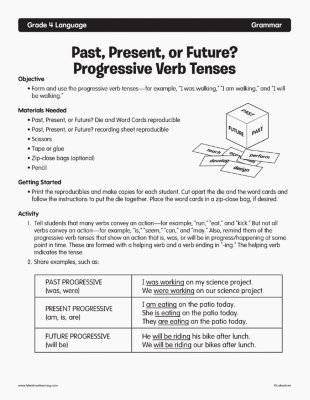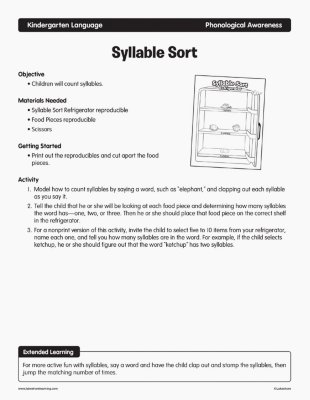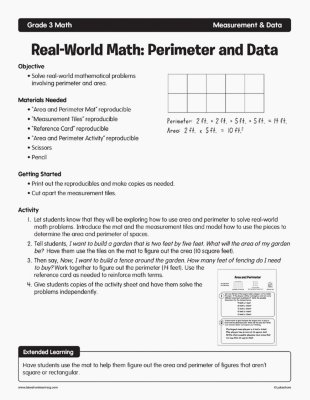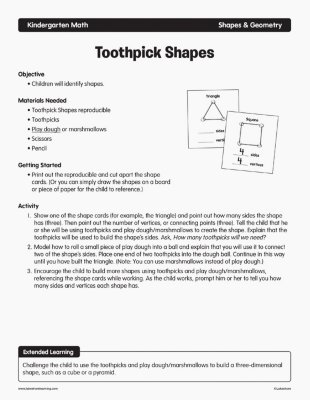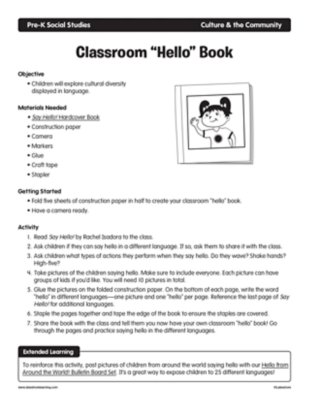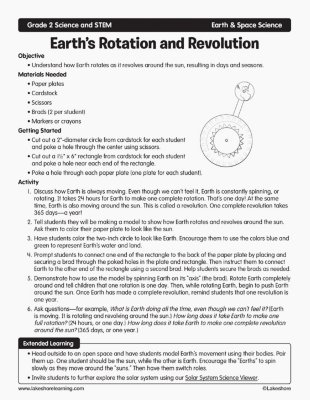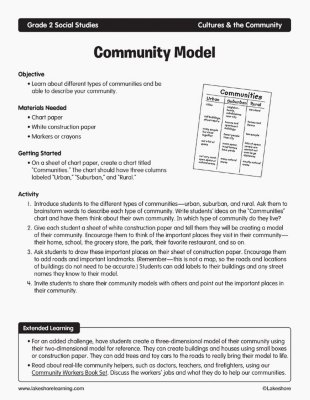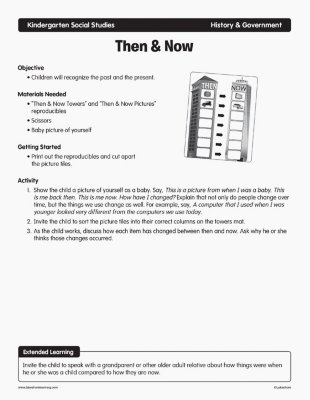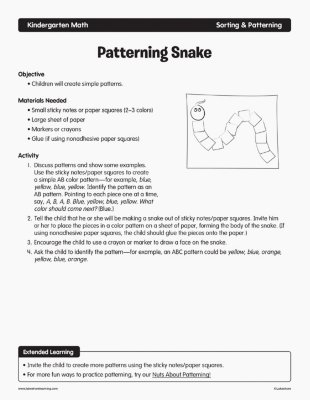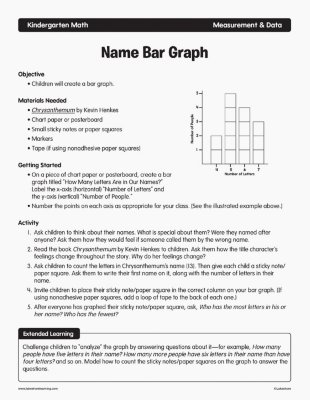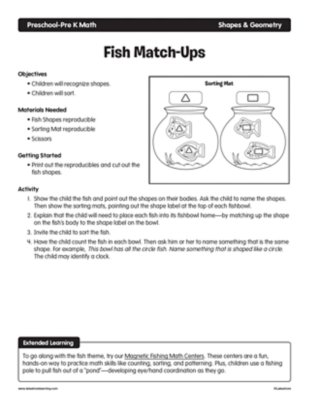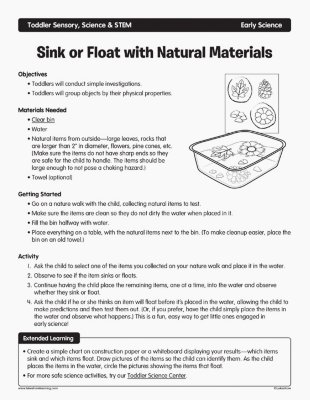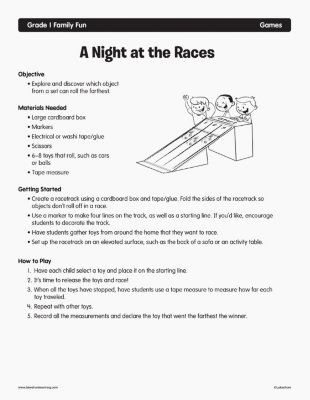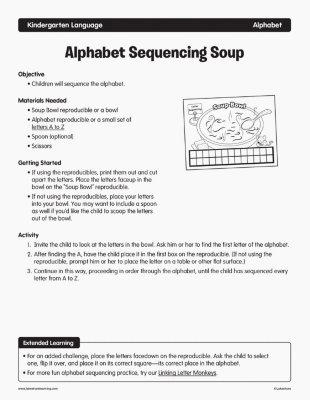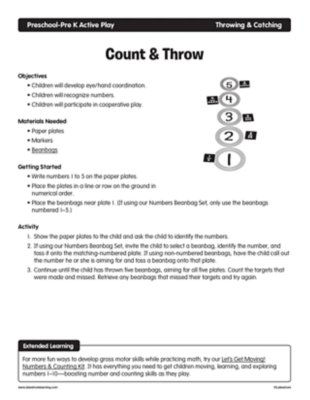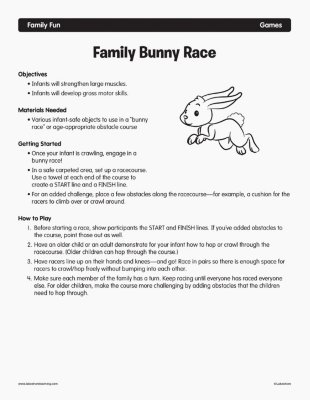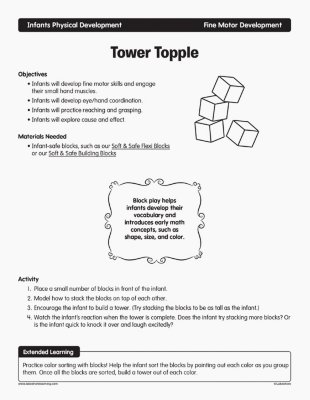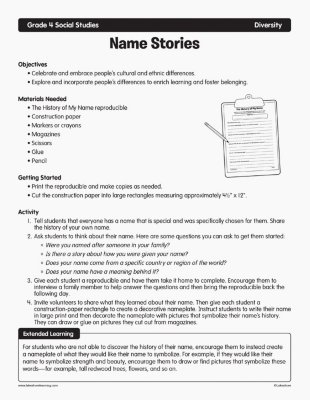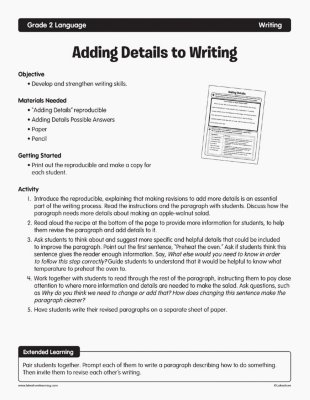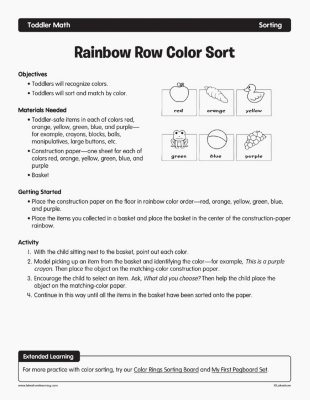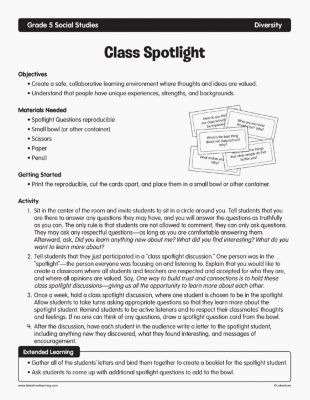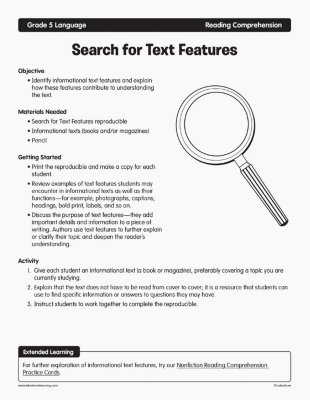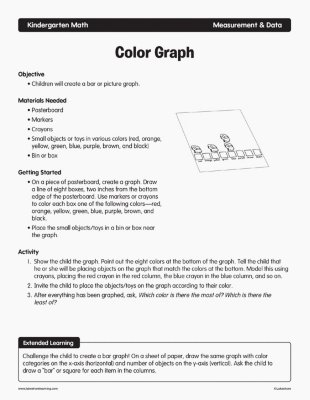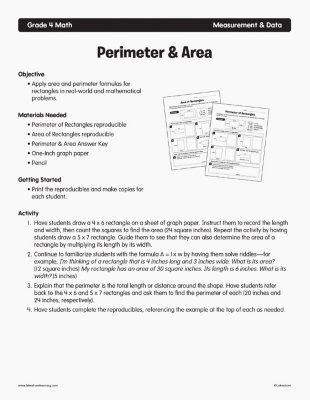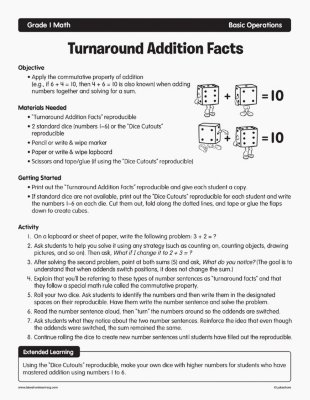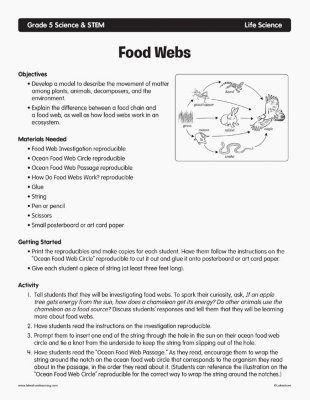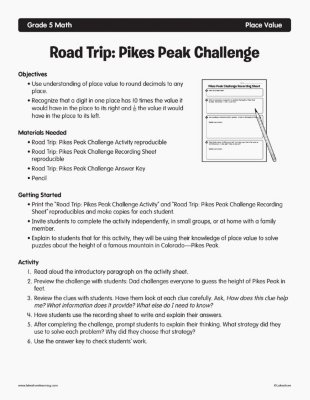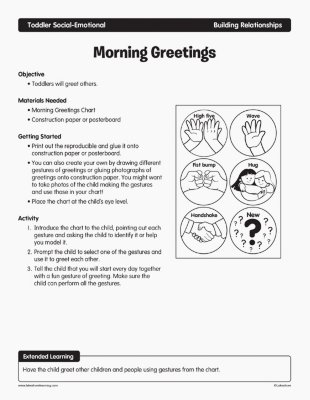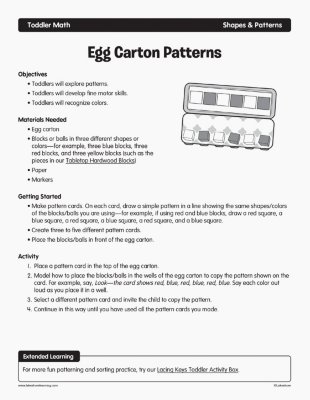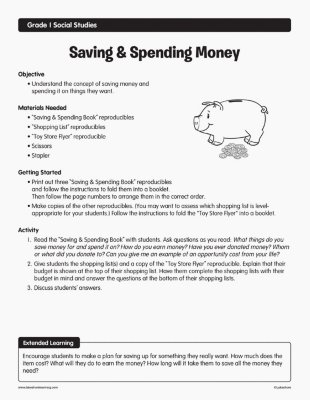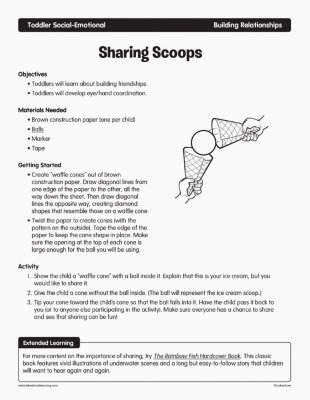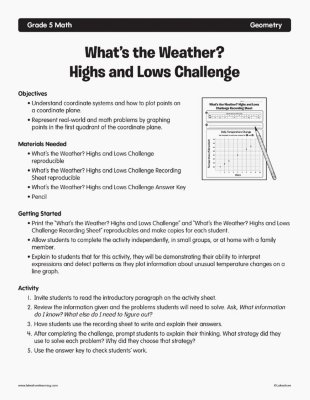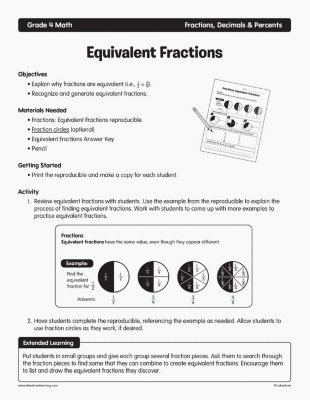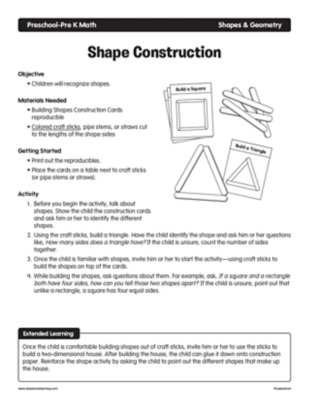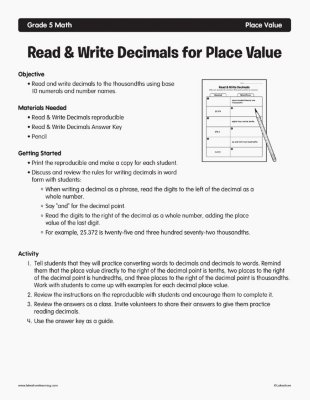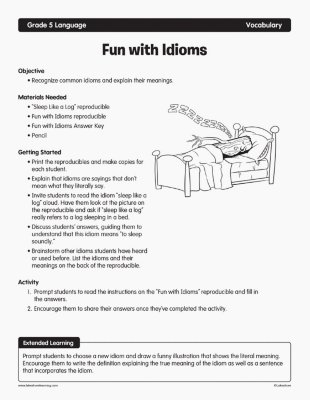Narrow by Grade
Grade
0 results for "spanish" , here are results for "spans"
Objectives
• Toddlers will engage in sensory exploration.
• Toddlers will practice creative design.
• Toddlers will develop fine motor skills.
• Toddlers will explore basic geometric shapes.
Objectives
• Toddlers will build vocabulary through word repetition.
• Toddlers will build oral language skills.
• Toddlers will be exposed to books and print.
Objectives
- Celebrate and embrace people’s cultural and ethnic differences.
- Foster a culture of kindness and respect.
Objectives
• Toddlers will conduct simple investigations.
• Toddlers will explore the properties of water.
Objective
- Understand that plants and animals have internal and external structures that function to support survival, growth, and reproduction.
Objective
- Demonstrate a command of the conventions of Standard English grammar and usage when writing or speaking.
Objective
- Children will develop oral language skills.
Objectives
- Children will develop gross motor skills.
- Children will improve balance and coordination.
- Children will recognize colors.
Objectives
• Toddlers will engage in sensory exploration.
• Toddlers will make tactile discoveries.
• Toddlers will develop eye/hand coordination and fine motor skills to use tools.
Objectives
Infants will point to indicate objects.
• Infants will name objects.
• Infants will build vocabulary.
Objective
- Understand how tornadoes behave.
Objectives
• Toddlers will develop eye/hand coordination.
• Toddlers will develop fine motor skills.
• Toddlers will practice sorting.
Objectives
- Work with variables and expressions.
- Understand how to solve simple problems.
- Write equations to solve word problems.
Objective
- Understand and describe the difference between weather and climate.
Objectives
- Write an opinion piece, supporting a point of view with reasons and information.
- Include logically ordered reasons that are supported by facts and details.
Objectives
- Celebrate and embrace people’s cultural and ethnic differences.
- Explore and incorporate people’s differences to enrich learning.
Objective
- Decode regularly spelled two-syllable words.
Objectives
- Design and create a device for a zip line.
- Use the design process to guide and track decisions.
- Apply Newton’s three laws of motion to describe how inertia, gravity, friction, mass, acceleration, and reaction affect designs and the movement of a ball.
Objectives
- Children will use measuring tools.
- Children will understand and compare capacity and volume.
- Children will estimate measurements.
Objective
- Understand the life cycle of a butterfly.
Objectives
• Toddlers will match numbers to quantities.
• Toddlers will identify numbers.
Objectives
- Children will identify feelings and emotions.
- Children will recognize facial expressions associated with emotions.
- Children will make tactile discoveries.
Objective
- Apply and extend understanding of division to divide unit fractions by whole numbers and whole numbers by unit fractions.
Objectives
• Toddlers will count.
• Toddlers will identify numbers and quantities.
• Toddlers will develop fine motor skills.
Objectives
- Partition rectangles into equal parts.
- Describe the equal parts as a unit of a fraction of the whole—halves, thirds, and fourths.
Objectives
• Infants will develop trust and attachment.
• Infants will communicate feelings through facial expressions.
• Infants will engage in back-and-forth vocal play.
Objective
• Infants will adjust to daily routines and transitions.
View Lesson PlanObjective
- Identify and describe regions of the United States using criteria related to landforms, climate, population, culture, and economics.
Objective
- Children will build and read CVC words.
Objectives
- Explore the relative sizes of measurement units within one system of units.
- Express measurements in a larger unit in terms of a smaller unit.
- Record measurement equivalents in a two-column table.
Objectives
• Toddlers will engage in sensory exploration.
• Toddlers will practice creative design.
• Toddlers will develop fine motor skills.
• Toddlers will explore basic geometric shapes.
Objectives
- Children will identify initial sounds.
- Children will associate letters with sounds.
- Children will develop vocabulary.
Objectives
- Refer to details and examples in a text when explaining what the text says, when drawing inferences from it, and when summarizing it.
- Determine the main idea and supporting details of a text.
- Explain how an author uses reasons and evidence to support particular points in a text.
Objectives
- Make observations to provide evidence that energy can be transferred from place to place by sound, light, heat, and electric current.
- Apply scientific ideas to design, test, and refine a device that converts energy from one form to another.
Objectives
• Infants will learn and use simple gestures to communicate.
• Infants will be introduced to sign language.
Objectives
- Use relative pronouns (“who, “whose,” “whom,” “which,” “that”) and relative adverbs (“where,” “when,” “why”).
- Use modal auxiliaries (for example, “can,” “may,” and “must”) to convey various conditions.
- Order adjectives within sentences according to conventional patterns (for example, “a small red bag” rather than “a red small bag”).
Objective
- Use context to confirm or self-correct word recognition and understanding.
Objectives
- Find the factor pairs for a whole number within 100.
- Determine if a whole number within 100 is a multiple of a given one-digit number, and whether a whole number within 100 is prime or composite.
Objectives
• Infants will communicate feelings through facial expressions.
• Infants will engage in back-and-forth vocal play.
• Infants will build vocabulary.
Objectives
• Infants will practice crawling, building neck, arm, back, and leg muscles.
Infants will understand object permanence.
Objectives
- Understand that verbs change form, depending on their relationship to time.
- Identify the perfect and progressive verb tenses.
Objectives
- Children will build friendships.
- Children will make connections.
Objective
- Use an illustration and a word bank to write complete sentences.
Objectives
- Understand that plants and animals have internal and external structures that function to support survival, growth, and reproduction.
- Use a model to test interactions concerning the functioning of a natural system.
Objectives
• Infants will practice visual tracking.
• Infants will begin to recognize their own reflection.
• Infants will build vocabulary.
Objectives
- Learn about your state’s symbols.
- Recall information from experiences or gather relevant information from print and digital sources.
Objectives
- Identify key events that led to the Revolutionary War.
- Understand how history shaped the present.
Objectives
- Children will develop gross motor skills.
- Children will improve balance and coordination.
- Children will recognize shapes.
Objective
- Find quotients and remainders with up to four-digit dividends and one-digit divisors.
Objectives
• Toddlers will identify numbers.
• Toddlers will practice gross motor skills.
Objective
- Form and use the progressive verb tenses—for example, “I was walking,” “I am walking,” and “I will be walking.”
Objective
- Solve real-world mathematical problems involving perimeter and area.
Objective
- Children will explore cultural diversity displayed in language.
Objective
- Understand how Earth rotates as it revolves around the sun, resulting in days and seasons.
Objective
- Learn about different types of communities and be able to describe your community.
Objectives
• Toddlers will conduct simple investigations.
• Toddlers will group objects by their physical properties.
Objective
- Explore and discover which object from a set can roll the farthest.
Objectives
- Children will develop eye/hand coordination.
- Children will recognize numbers.
- Children will participate in cooperative play.
Objectives
• Infants will strengthen large muscles.
• Infants will develop gross motor skills.
Objectives
• Infants will develop fine motor skills and engage their small hand muscles.
• Infants will develop eye/hand coordination.
• Infants will practice reaching and grasping.
• Infants will explore cause and effect.
Objectives
- Celebrate and embrace people’s cultural and ethnic differences.
- Explore and incorporate people’s differences to enrich learning and foster belonging.
Objectives
• Toddlers will recognize colors.
• Toddlers will sort and match by color.
Objectives
• Toddlers will build conversation skills.
• Toddlers will build vocabulary.
• Toddlers will name objects.
• Toddlers will develop self-help skills.
Objectives
- Create a safe, collaborative learning environment where thoughts and ideas are valued.
- Understand that people have unique experiences, strengths, and backgrounds.
Objective
- Identify informational text features and explain how these features contribute to understanding the text.
Objective
- Apply area and perimeter formulas for rectangles in real-world and mathematical problems.
Objective
- Apply the commutative property of addition (e.g., if 6 + 4 = 10, then 4 + 6 = 10 is also known) when adding numbers together and solving for a sum.
Objectives
- Develop a model to describe the movement of matter among plants, animals, decomposers, and the environment.
- Explain the difference between a food chain and a food web, as well as how food webs work in an ecosystem.
Objectives
- Use understanding of place value to round decimals to any place.
- Recognize that a digit in one place has 10 times the value it would have in the place to its right and 1/10 the value it would have in the place to its left.
Objectives
• Toddlers will develop fine motor skills.
• Toddlers will recognize colors.
Objective
- Understand the concept of saving money and spending it on things they want.
Objectives
• Toddlers will learn about building friendships.
• Toddlers will develop eye/hand coordination.
Objectives
- Understand coordinate systems and how to plot points on a coordinate plane.
- Represent real-world and math problems by graphing points in the first quadrant of the coordinate plane.
Objectives
- Explain why fractions are equivalent (i.e., 1/2 = 2/4).
- Recognize and generate equivalent fractions.
Objective
- Read and write decimals to the thousandths using base 10 numerals and number names.
Objective
- Recognize common idioms and explain their meanings.
